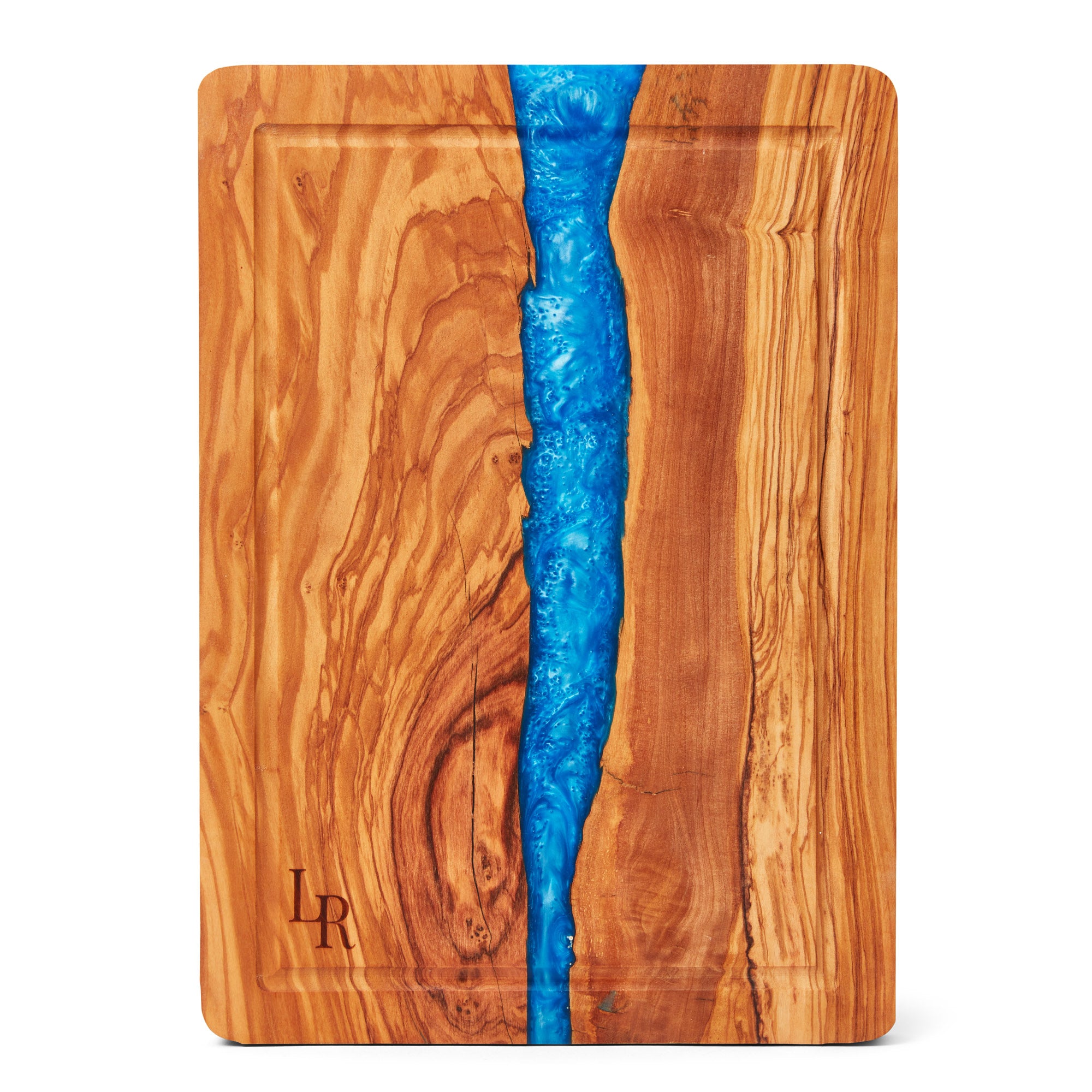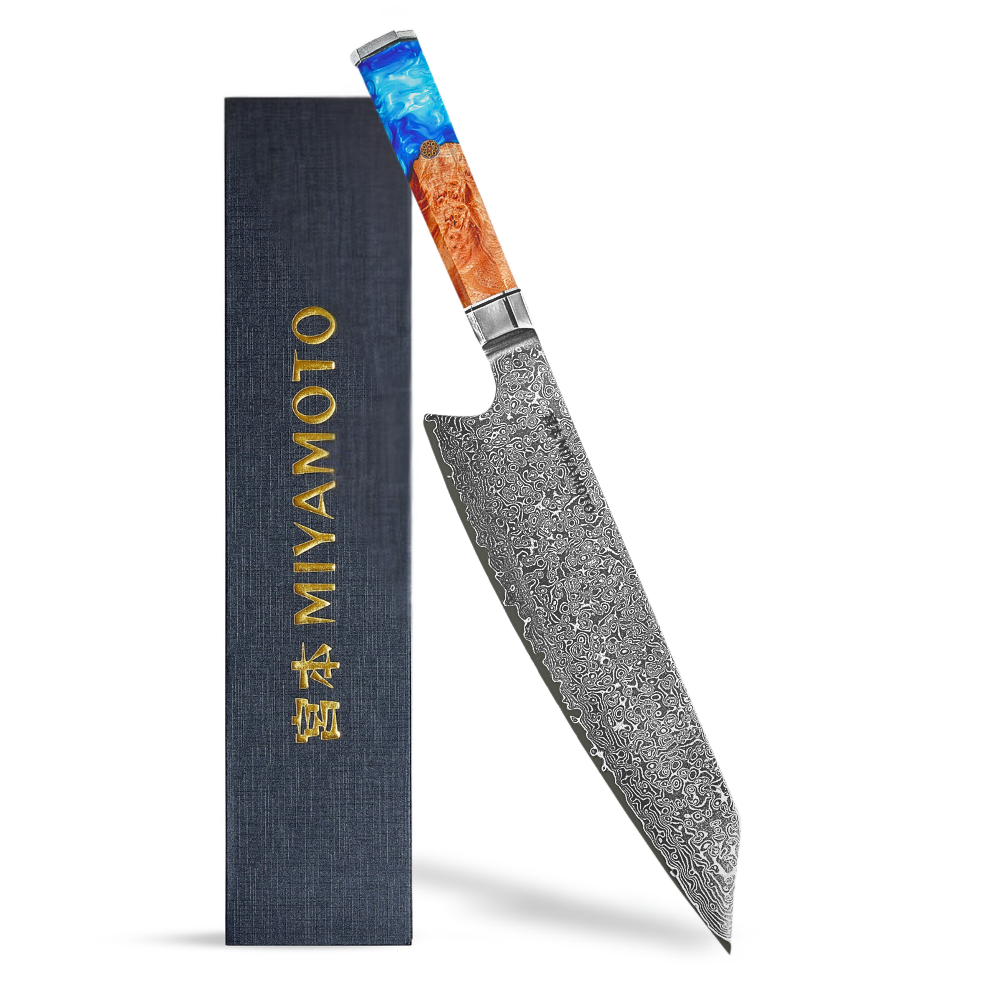When choosing a cutting board, factors like durability, hygiene, and aesthetics can make all the difference. Olive wood boards have been steadily gaining popularity, thanks to their beautiful grain patterns and naturally robust qualities. But what really sets them apart from other options like bamboo or maple?
Natural Elegance Meets Practicality
Olive wood’s distinctive swirling grain offers a touch of natural artistry that doubles as a functional kitchen tool. Whether you’re slicing vegetables or presenting charcuterie, an olive wood board seamlessly blends into both casual and elegant settings.
Strength and Hygiene
Olive wood boasts natural antibacterial properties, making it an excellent choice for everyday food preparation. Its dense structure helps resist moisture and wear, contributing to a long lifespan even under frequent use.
One-of-a-Kind Craftsmanship
Each piece of olive wood has its own grain pattern, ensuring that no two boards look exactly alike. When paired with resin, it gains an extra layer of durability and style, offering a functional piece of art that stands out in any kitchen.
Preventing Mess and Spills
Some boards, such as those from Lux Resin, feature deep grooves designed to catch juices. This keeps your countertops clean and makes food prep more efficient. It’s a small detail that makes a noticeable difference in daily cooking.
Interested in Exploring Your Options?
If you’re looking for a cutting board that marries strength, style, and practicality, an olive wood design could be the answer. Explore our collection to find a piece that fits your kitchen and taste.
Conclusion
Olive wood cutting boards bring together functionality, natural beauty, and long-lasting performance. With the added benefits of antibacterial resistance and spill-preventing grooves, it’s no wonder they’re a top choice for both amateur cooks and culinary enthusiasts alike.



